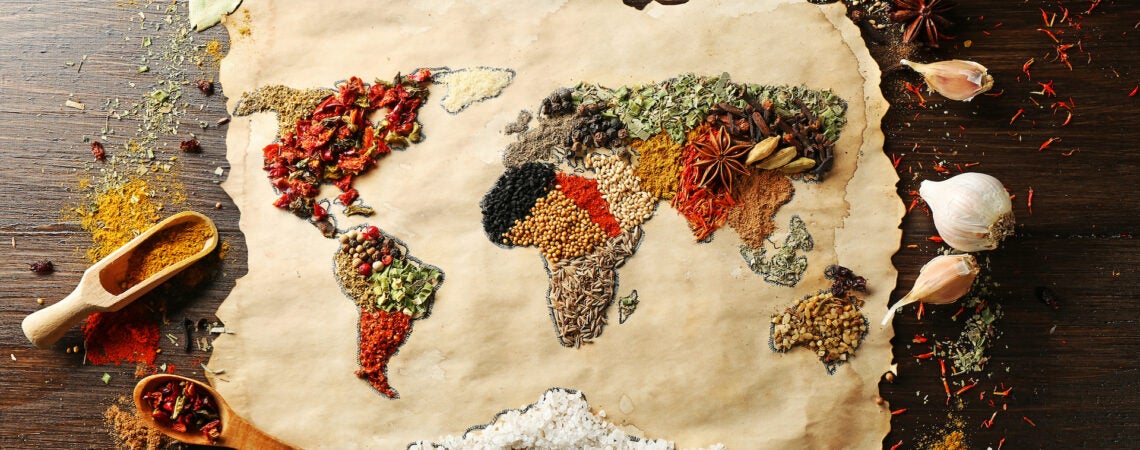The increasing cost of food is heightening concern and distress throughout the world. The FAO Food Price Index reached a record nominal high in March 2022, before marginally falling in April. Most of all, the rising cost of producing food, driven by soaring prices of fertilizers, energy and other inputs, gives much cause for alarm as it increases consumer prices, imperilling food security. From another perspective, the spike in the price of inputs raises questions about whether the world’s farmers can afford to buy them, to the extent that productivity and hence global food supply could be adversely affected in the 2022/23 season and beyond.
Generally, periods of high food prices are considered a boon for producers, especially in countries that supply the international market, raising the profitability of farmers. However, such periods tend to be short-lived when price incentives instigate a supply response, facilitated by continuous cropping seasons in the northern and southern hemispheres that bring food markets swiftly back into equilibrium. This has often been the case in the last two decades, but today, different forces are seemingly conspiring to protract the current crisis, casting doubt on whether supply responses can be both quick and sufficient.
Agricultural sectors are highly energy-intensive and largely depend on fossil fuels. Much of today’s turmoil dates to 2021, when energy prices began to surge, adding to producer costs. But higher energy prices have far more deleterious effects, raising the cost of key nitrogen fertilizers, which are primarily manufactured from natural gas and are by far the most important agricultural nutrient in raising crop yields. Prices of nitrogen, N, in the form of urea or ammonium nitrate, reached record highs by the end of 2021. This price momentum carried into 2022, and the international prices of other important mineral fertilizers, such as phosphate, P, and potash, K, have joined suit, reaching record peaks in April 2022. As the world’s largest fertilizer exporter, the Russian Federation began tightening supplies to international markets soon after its invasion of Ukraine through the introduction of export restrictions that will be extended through to the 2023/24 season.
The upshot is that with no let-up in the current war, the margins of global food producers (crops and livestock) are being squeezed, now and seemingly into the foreseeable future, by higher input costs. Not only energy and fertilizers for crops and pastures, but seeds, feeds and pesticides are becoming more costly than ever, to the extent that farmers may reduce input applications or switch to crops that are less input-intensive. This, by way of lowering productivity, is likely to suppress exports of key foodstuffs (particularly wheat, rice and maize) to the international market, and to put at risk countries that are heavily dependent on imports to meet their staple food needs.
This Special Feature examines the implications of higher input prices on countries that are forced to import them in large quantities owing to a lack of productive endowments. Nor are major exporting countries immune from higher input costs, which could limit their capacity to supply international markets. That being said, the overall objective of the feature is to assess the prospects of whether a global supply response is possible, and whether it will be sufficient and swift enough to restore equilibrium to food markets. The analysis is facilitated by the Global Input Price Index (GIPI) – a summary metric introduced in the November 2021 edition of the Food Outlook report – and the new compilation of agricultural input import bills.
Food Outlook – Biannual Report on Global Food MarketsTo read the full report from the Food and Agriculture Organization of the United Nations. please click here.

